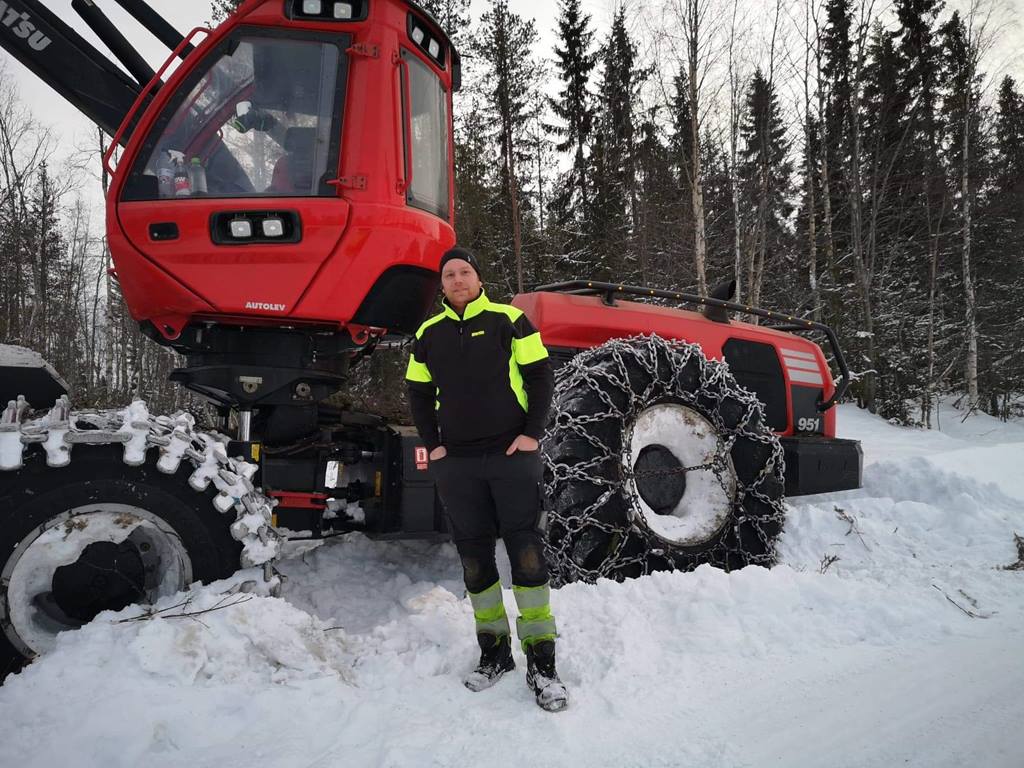“I remember that 3PS increased production the very first month, but even today I’m still learning more. If, like me, you’re competitively inclined, you’ll always find small details to work on, and with that much capacity there’s always room for improvement.”
What do you find so special about 3PS?
“It’s the fact that you can use several functions at the same time. Such as crawling forwards while collaring and cutting a stem. Because you can do this, your production increases. It lets you develop a better workflow compared to having to remain stationary while cutting, for example.”
Another advantage is lower fuel consumption. Have you noticed this?
“Yes, certainly. Hourly fuel consumption isn’t reduced, but because you produce more timber each hour, fuel consumption per cubic metre of processed timber is lower.”
When do you think 3PS performs best?
“All the time, actually, because there’s never a lack of power. But if I have to give an example, then when you’re able to move forwards while working fast, then production really peaks,” Martin ends.

